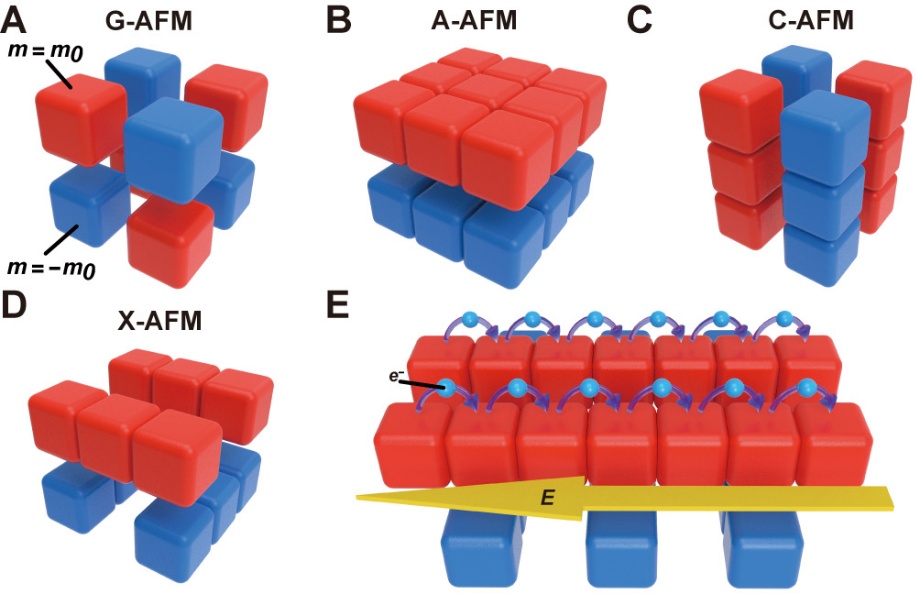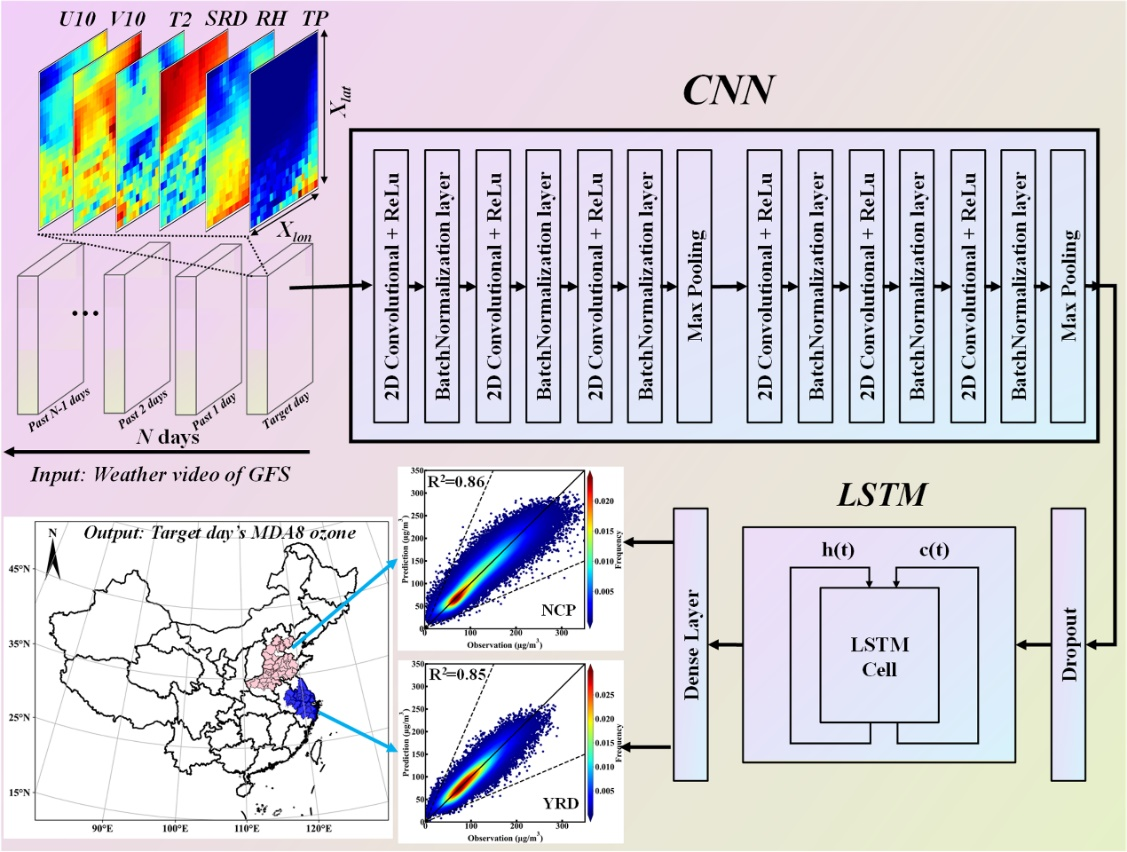2025-06-10 中国科学院(CAS)

The setup of the NTSC SrII optical lattice clock (Imaged by NTSC)
<関連情報>
- https://english.cas.cn/newsroom/research_news/phys/202506/t20250611_1045402.shtml
- https://iopscience.iop.org/article/10.1088/1681-7575/addc77
2×10-18の精度を持つNTSC SrII光格子時計 NTSC SrII optical lattice clock with uncertainty of 2×10−18
Xiao-Tong Lu, Feng Guo, Yan-Yan Liu, Jin Cao, Jia-An Li, Jing-Jing Xia, Qin-Fang Xu, Ben-Quan Lu, Ye-Bing Wang and Hong Chang
Metrologia Published: 2 June 2025
DOI:10.1088/1681-7575/addc77
Abstract
We report the systematic evaluation of the SrII optical lattice clock (OLC) at the National Time Service Center, achieving an uncertainty of 1.96×10−18. The newly established 87Sr OLC controls the black-body radiation shift by moving atoms into a temperature-stabilized chamber for clock transition detection. It mitigates the DC Stark shift by using conductive optical films on the inner windows, and reduces both the density shift and AC Stark shift by operating the clock with a relatively low lattice trap depth. Additionally, this clock accommodates changes in the angle between the lattice and gravity directions by rotating the entire setup, allowing for convenient adjustment of the tunneling effect in the shallow lattice.



